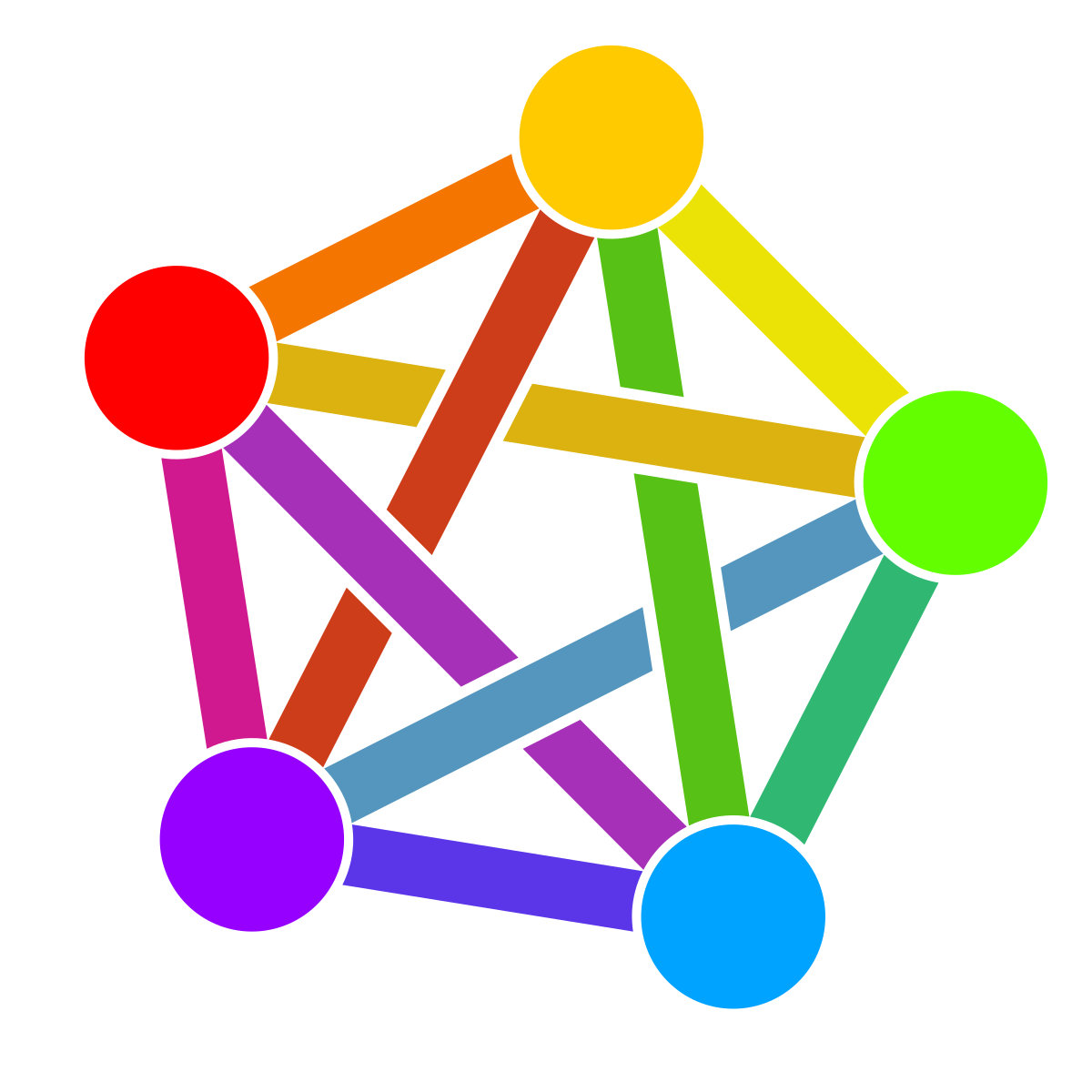

I found that the initial euphoria helped me get out and do things I normally wouldn’t (like catch up with friends and family I’d lost track of over the years), and the satisfaction from that helped keep me naturally happy after the false euphoria faded. Your mileage may vary, but actually getting things done for once helped a ton with my related disorders like anxiety and depression and things weren’t nearly as bad even when I started feeling normal again. And remember, the medication’s ability to let your brain feel motivation doesn’t fade, only the euphoric feeling.
The danger I see is that I think I need to up the dose to match the euphoria from the start, while I actually need to get to the point where it’s 0 % euphoria, 100 % noradrenalin.
That’s one of the main things my doctor warned me about when I started taking Vyvanse. He said that even though it might feel like your medication isn’t working as well, to not to chase that rush because it won’t actually help your symptoms and you’ll quickly become tolerant of the higher dose as well. All you’ll accomplish is paying more for a higher risk of side effects.
Not to mention if you appear to be a drug seeker they might decide to switch to a different, non-controlled medication that doesn’t work nearly as well as what you’re currently on.






If Valve’s Employee Handbook is to be believed, they don’t use a formal project structure with static teams. Instead each developer works on whatever project interests them, and one of Valve’s current goals is to improve game performance on Linux/AMD by contributing to upstream open source projects.
Valve is as close as we’ve gotten to someone paying a bunch of industry veterans to contribute to open source. It’s amazing what happens when all innovation isn’t black-boxed in an internal repository and forgotten about.